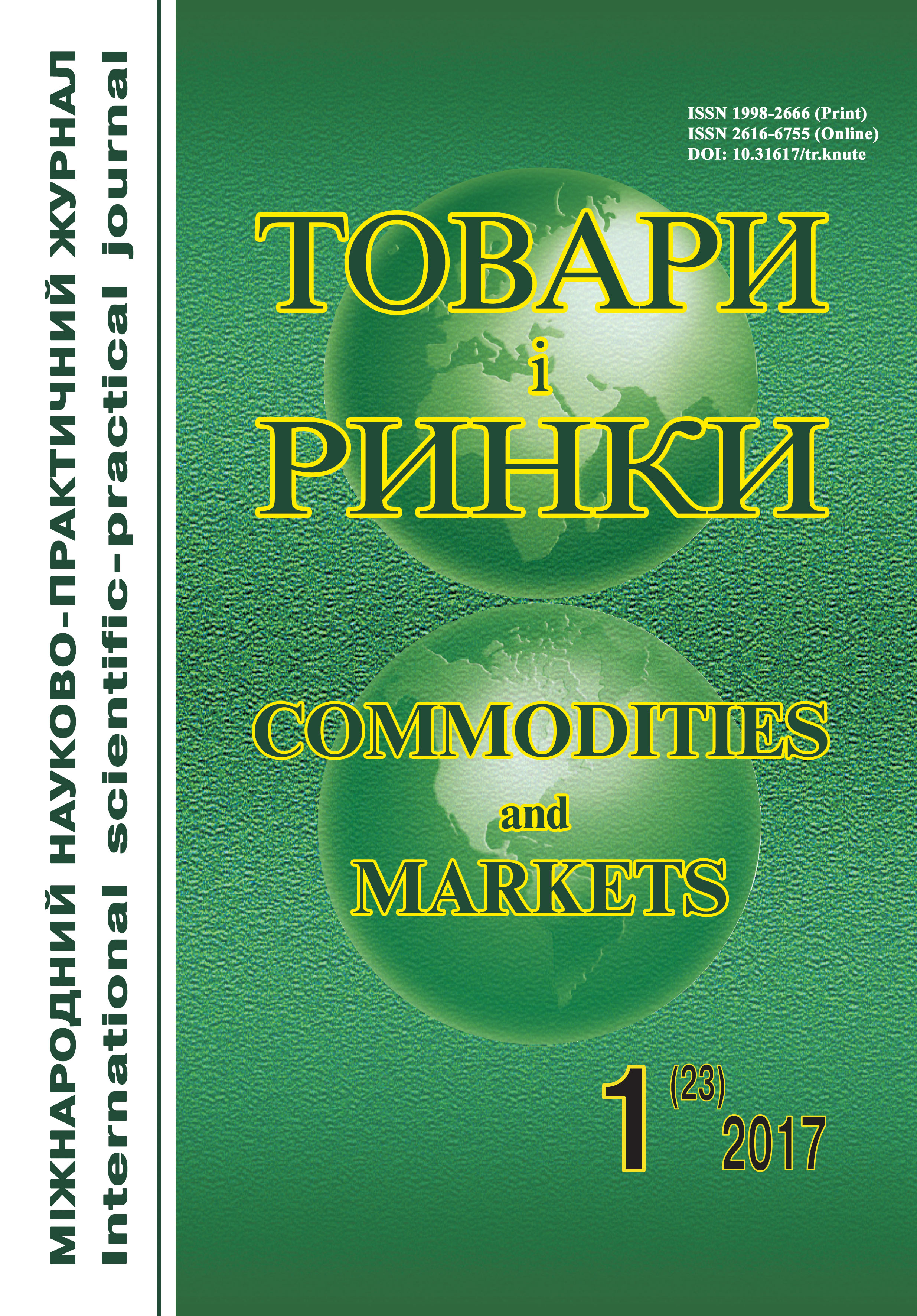Chemical composition and dispersion of domestic ash microspheres
Keywords:
ash microspheres, particle size distribution, coal, ash and slag waste, fine dispersion material, conventional dielectric loss tangent.Abstract
Background. The unique properties of the composition and structure of ash microspheres obtained from waste of coal burning by thermal power plants determined their use in the production of insulating building materials.
Properties of ash microspheres depend on many factors, including the mineral component of solid fuel. The combination of properties such as low cost, availability of resources, high strength and chemical resistance allow to use ash microspheres as filler for insulating building materials. The study of particle size and chemical composition of ash microspheres may contribute to optimal selection of materials to solve specific technical problems.
The aim of the work is to study the properties of ash microspheres to use them as filler for insulating building materials, including porous concrete.
Material and methods. The objects of research were selected ash microspheres from Prydniprovska, Krivyi Rog, Tripilska, Burshtynska and Kurakhivska TPP with different mineral component of solid fuel. Particle size content of ash microspheres was determined by sieve method according to DSTU ISO 2591-1: 2004, chemical composition was determined by the analyzer "EXPERT-3L", conditional dissipation factor was determined by the AC bridge R5083 on the working frequency of 1000 Hz.
Results. To assess the prospects of ash microspheres as filler for insulating building materials (particularly for aerated ones) we described the composition of coal, which was burned in the above mentioned TPP. Since the ash microspheres are the mineral component of the solid fuel that underwent the high-temperature conversion, the chemical composition of these materials became the basis for further research.
Analysis of the chemical composition of these mineral microspheres gave reason to believe that their properties are similar, but there are some differences due to mineralogical composition. Ash microspheres from Dniprovska and Burshtynska TPP have relatively higher water content than others. This microspheres used ash as filler decreases the density of heat-insulating building materials.
An important characteristic of ash microspheres, which determines their use as filler, is particle size and is a percentage of their factions – particle size composition.
Another characteristic of ash microspheres, that affects their use as filler for insulating building materials, is conventional dielectric loss tangent (tg δ). Materials in which heat is transferred by free electrons have the highest thermal conductivity. Ash microspheres have dielectric properties, therefore they have no free electrons and heat is transferred by the slower vibrations of atoms. Given the fact that ash microspheres are a material that contains cavity filled with air, so their value tg δ is lower. That’s why studies show that these materials have relatively high insulating properties.
Conclusion. Ash microspheres is a unique resource that is widely used in the construction industry. Comparison of various properties of ash microspheres from different TPP by their chemical composition, dispersion and dielectric properties enabled comprehensively evaluate these materials to predict their effective use as filler for insulating building materials.
References
Holdajeva M. I. Struktura ta vlastyvosti polistyrolbetonu z mikro-sfernym napovnjuvachem : dys. kand. teh. nauk : 09.02.2010. Odesa, 2010. 172 s.
Pankova M. V. Sostav, stroenie i fiziko-himicheskie svojstva mikro-sfericheskih membran i kompozitnyh sorbentov na osnove uzkih frakcij cenosfer :
dis. kand. him. nauk : 02.04.2011. Krasnojarsk, 2011. 143 s.
Ehab Mohamed Hossni Ragab. Zharostojkie legkie betony na kompozicionnyh vjazhushhih s polymi zol'nymi mikrosferami : dis. kand. teh. nauk :
05.2005. M., 2005. 119 s.
DSTU ISO 3310-1:2007. Resheta ta syta kontrol'ni. Tehnichni vymogy ta metody vyprobuvannja. Ch. 1. Syta kontrol'ni z metalevoi' drotjanoi' tkany-ny. [Chynnyj vid 2010––04––01]. Kyi'v : Derzhspozhyvstandart Ukrai'ny, 2004. 24 s.
Orlovs'kyj V. M., Pohylo A. M., Kryc'kyj V. V. Novi tamponazhni kompozycii' znyzhenoi' gustyny : zb. nauk. prac'. UkrDGRI, 2016. № 4. 108 s.
Dvorkin L. I., Dvorkin O. L. Stroitel'nye materialy iz othodov pro-myshlennosti : uch.-sprav. posobie. Rostov na Donu : Feniks, 2007. 368 s.
Sugkoev A. I. Teploizoljacionnyj material s polymi stekljannymi mikrosferami. M. : MGSU, 2001. 146 s.
Klochkov A. V., Strokova V. V. Teploizoljacionnyj cementnyj rastvor s primeneniem mikrosfer. Mezhdunar. seminar-konkurs molodyh uchenyh i aspirantov, rabotajushhih v oblasti vjazhushhih veshhestv, betonov i suhih smesej : sb. dokl. (27–28 okt. 2010 r., Moskva). M. : Jekspocentr, 2010. S. 102—103.
DSTU ISO 2591-1:2004. Sytovyj analiz. Ch. 1. Metody z vykorystannjam kontrol'nyh syt z drotjanoi' tkanyny i perforovanyh metalevyh lystiv. [Chynnyj
vid 2004––07––01]. Kyi'v : Derzhspozhyvstandart Ukrai'ny, 2004. 26 s.



